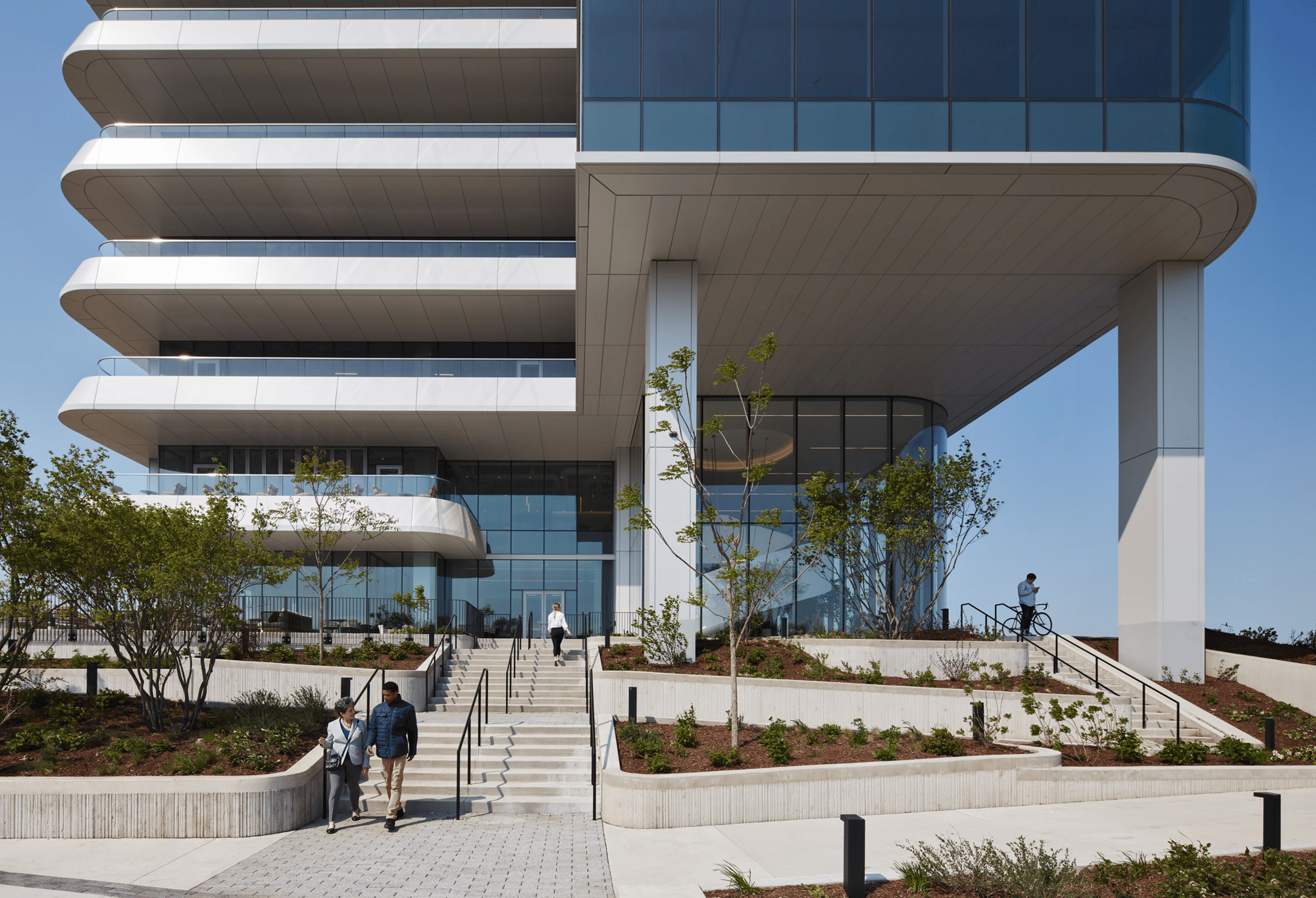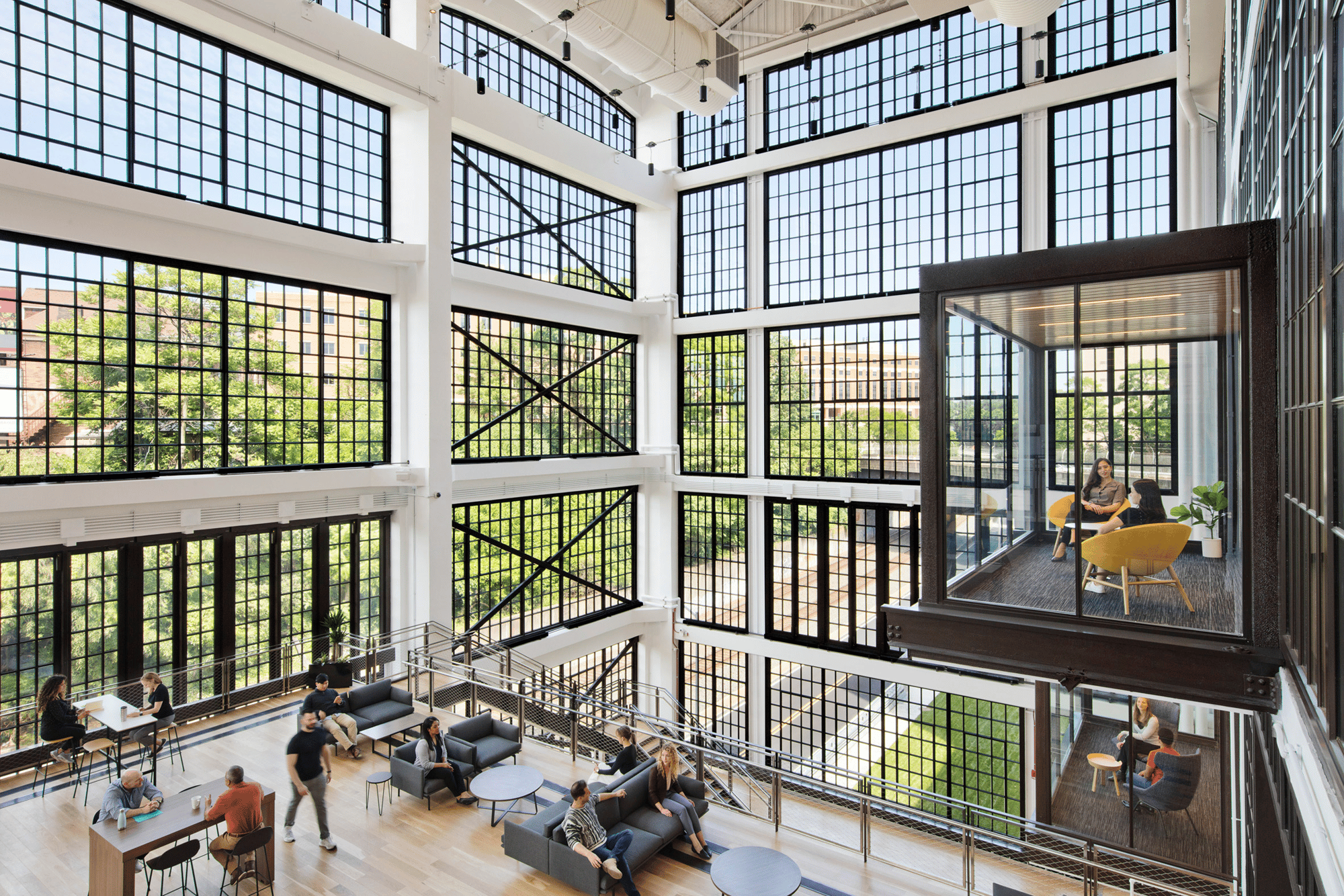HOW TO OVERCOME THE WORKPLACE TRANSFORMATION CHALLENGE
In today’s fast-evolving business landscape, the imperative to manage change in the workplace is more pronounced than ever before. Workplace transformation, driven by rapid technological advancements and the shifting dynamics of the modern workforce, is not merely an option – it’s a necessity. However, this journey is not without its intricacies and challenges. This article delves into the nuances of workplace transformation, shedding light on the common hurdles and providing strategies to navigate them successfully. Leveraging current market trends and deeper insights, we explore the multifaceted aspects of this transformational journey.

EXPLORING WORKPLACE TRANSFORMATION CHALLENGES: UNVEILING THE COMMON HURDLES
Workplace transformation is not a one-time event; it’s an ongoing process. It encompasses the introduction of new tools, workflows, and methodologies aimed at enhancing efficiency, productivity, and competitiveness. As of 2023, businesses are increasingly recognizing the importance of agility in responding to market shifts and customer demands, making workplace transformation a cornerstone of their strategic initiatives.
According to a recent survey by Deloitte, 87% of organisations view workforce transformation as a strategic priority, emphasizing the urgency of adapting to a rapidly changing environment.
THE POWER OF AWARENESS: rECOGNISING THE IMPACT OF WORKPLACE TRANSFORMATION ON BUSINESS
The impact of workplace transformation goes beyond operational improvements. It extends to increased employee engagement, improved customer satisfaction, and a stronger market position. Companies that have successfully navigated this transformation.
Research by McKinsey & Company reveals that organisations with highly engaged employee are 21% more profitable and achieve 41% less absenteeism. These figures underline the direct link between successful workplace transformation and positive business outcomes.

NAVIGATING THE COMPLEXITY: KEY OBSTACLES AND STRATEGIES
IMPLEMENTING SUSTAINABLE OFFICE MATERIALS FOR ECO-CONSCIOUS DESIGN
- Resistance to Change: In 2023, the resistance to change remains in a formidable obstacle. Employees, accustomed to existing processes, often exhibit apprehension towards adopting new technologies and workflows.
- Lack of Clear Transformation Strategy: A well-defined transformation strategy is more crucial than ever. A study by PwC found that 67% of companies with a clear strategy for workplace transformation reported higher innovation levels.
- Insufficient Employee Engagement: In the current market landscape, disengaged employees can be detrimental. A Gallup study found that companies with highly engaged workforces outperform their peers by 147% in earnings per share.
STRATEGIES FOR OVERCOMING WORKPLACE TRANSFORMATION CHALLENGES: A ROAD MAP TO SUCCESS
- Open Communication: As of 2023, open communication remains paramount. According to a survey by Eldelman, 85% of employees expect their CEOs to communicate honestly and transparently about changes.
- Training and Skill Development: Given the rapidly evolving technology landscape, investing in employee training is essential. LinkedIn’s Workplace Learning Report reveals that 94% of employees would stay at a company longer if it invested in their career development.
- Change Champions: Empowering internal change champions has proven effective. The Harvard Business Review found that companies with active change champions had 2.5 times higher success rates in their transformation initiatives.

THE HUMAN ELEMENT: ADDRESSING EMPLOYEE CONCERNS
PUTTING PEOPLE FIRST: ADDRESSING EMPLOYEE CONCERNS IN TIMES OF TRANSFORMATION
Workplace transformation is as much about people as it is about technology. To ensure a successful transition, prioritise the following:
- Empathy: Understand that employees may be anxious about change and empathise with their concerns.
- Clear Communication: Communicate the reasons behind the transformation, it’s benefits and the role of each employee in the process.
ADAPTING TO THE NEW NORMAL: EMBRACING CHANGE WITH CONFIDENCE
Cultural shifts in workplace transformation challenges are inevitable. To embrace change confidently:
- Lead by Example: Senior leaders should demonstrate a willingness to adapt and embrace change to set the tone for the entire organisation.
- Continuous Learning: Encourage a culture of continuous learning and adaptability. Celebrate employees who embrace change and adapt successfully.






HARNESSING TECHNOLOGY: IMPACT AND IMPLEMENTATION
EXPLORING THE IMPACT OF TECHNOLOGY ON WORKPLACE TRANSFORMATION
The integration of technology is at the heart of workplace transformation. Technological advancements can streamline processes and boost productivity. However, it’s essential to choose the right tools and ensure proper implementation. The International Data Corporation (IDC) reports that by 2025, organisations adopting AI-driven technologies are expected to gain $1.8 trillion in business value.
LEVERAGING COLLABORATION TECHNOLOGY FOR SEAMLESS TRANSFORMATION
Collaboration tools are a cornerstone of successful workplace transformation. These tools enable teams to work together seamlessly, regardless of their physical location. Embrace collaboration technology to enhance employee productivity and facilitate effective communication. Companies leveraging such tools report a 20% increase in productivity, according to a study by Frost & Sullivan.
LEADERSHIP IN ACTION: EFFECTIVE STRATEGIES AND ROLE MODELLING
LEADING THE WAY: EFFECTIVE LEADERSHIP IN GUIDING WORKPLACE TRANSFORMATION
Effective leadership is pivotal in overcoming workplace transformation hurdles. Leaders should:
- Set Clear Goals: Define and communicate clear objectives for the transformation journey. The Harvard Business Review found that organisations with well-communicated goals are 3.5 times more likely to outperform their peers.
- Provide Support: Offer guidance and support to employees as they navigate the changes. A study by Gallup reveals that 70% of an employee’s engagement is influenced by their manager. Providing support is integral to fostering engagement.
INSPIRING CHANGE CHAMPIONS: CULTIVATING LEADERS TO DRIVE TRANSFORMATION INITIATIVES
Identifying and empowering change champions is a modern leadership approach. Companies embracing this practice have experienced a 49% success rate in transformation initiatives, as per a survey by Prosci.

MEASURING PROCESS: METRICS OF SUCCESS IN WORKPLACE TRANSFORMATION
BEYOND THE SURFACE: MEASURING SUCCESS IN WORKPLACE TRANSFORMATION EFFORTS
To gauge the success of workplace transformation, organisations should track key metrics such as:
- Employee Productivity: Companies leveraging transformation technologies report a 17% increase in employee productivity, according to a study by McKinsey & Company.
- Employee Feedback: Employee feedback mechanisms are critical. Organisations with active feedback channels see a 14.9% higher employee retention rate, as per a survey by Deloitte.
- Transformation Strategy Alignment: A study by the Boston Consulting Group reveals that companies with aligned transformation strategies are 2.8 times more likely to achieve successful transformations.
In 2023, workplace transformation has evolved into a strategic imperative. By acknowledging the challenges and implementing data-backed strategies, organisations can not only survive but thrive in this ever-changing landscape. The current market trends and deeper insights emphasize the need to take action now, unlocking your company’s full potential and thriving in the face of change.
READ OUR WORKPLACE GUIDE
HOW MUCH DOES A COMMERCIAL FIT-OUT COST IN 2024?
In 2024, the overall cost of an office fit out will vary depending on a variety of factors including size and scope, materials used, labour costs and finishes. Companies may also encounter unexpected costs related to site access and regulatory requirements. Planning ahead can help manage the costs of a commercial fit out as this will allow for research into suitable materials and suppliers, meaning it is important to do detailed research before making any decisions.
.png)
LET'S TALK ABOUT YOUR NEXT REQUIREMENT

